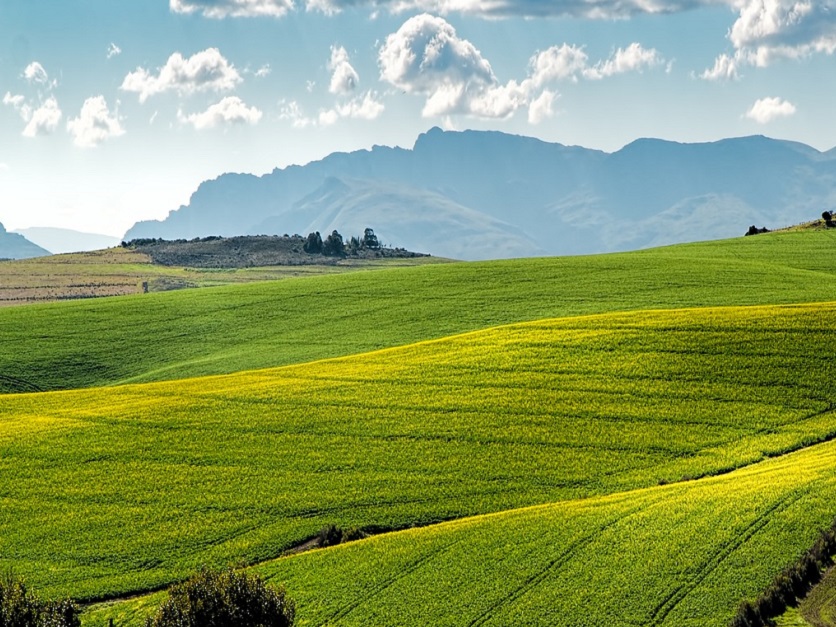So which way are land values heading?
Farmers National Company says there are both positive and negative factors at work that are affecting the market, and the next six months will tell the tale.
“The factors and the outside influences will become better defined as we move through 2018,” Randy Dickhut, FNC’s senior vice president of real estate, said in a release that includes assessments of land values in different regions of the country.
Dickhut points out that over the past four years there’s been “a steady and measured decline” in values for crop and grazing land throughout the Midwest and Great Plains, following a “historic run-up” in prices in the 10 years or so through 2013. At the moment, he says, the market for quality land is “steady to slightly stronger.”
So, what are the factors supporting prices?
First of all, Dickhut points to the “above average crop yields,” which prompted a “post-harvest bump in land prices” in most grain-producing areas. This, he said, has increased the bidding for quality crop land.
In addition, continued low interest rates are helping create a demand for ag land as a long-term investment for individuals and institutional funds, and farmers still have enough purchasing power to compete for good land. Plus, he said, Farmers National is seeing a “small increase in 1031 tax deferred exchange buyers as they move to trade into different land or to diversify out of other real estate holdings and into cropland.”
Still, there are clouds on the horizon, Dickhut says. They include low grain prices that are keeping farm income levels depressed. “That means that lower incomes are reducing the cash flow necessary to finance crop inputs, equipment needs and land payments, leaving less cash for land purchases,” Dickhut says.
“Individual and institutional investors are well aware of the lower grain prices and incomes. The resulting reduction in the return on investment for land has kept some investors out of the land market during the past few years.”
Cash flow concerns could generate additional land for sale as producers try to shore up their finances, depressing prices, he says, adding that Farmers National is experiencing a 50 percent increase in the land it has for sale over its previous high volume.
Lenders are also looking at the low commodity prices and exercising more caution about the amount they are willing to lend for farmland purchases.
Dickhut says the final factor that could have a downward effect on land values are the outside influences, including possible negative outcomes for trade that U.S. agriculture depends upon, unexpected consequences from tax laws and potential changes in the next farm bill.
Click here to see Farmers National’s Regional Land Reports.
For more news, go to www.Agri-Pulse.com


